
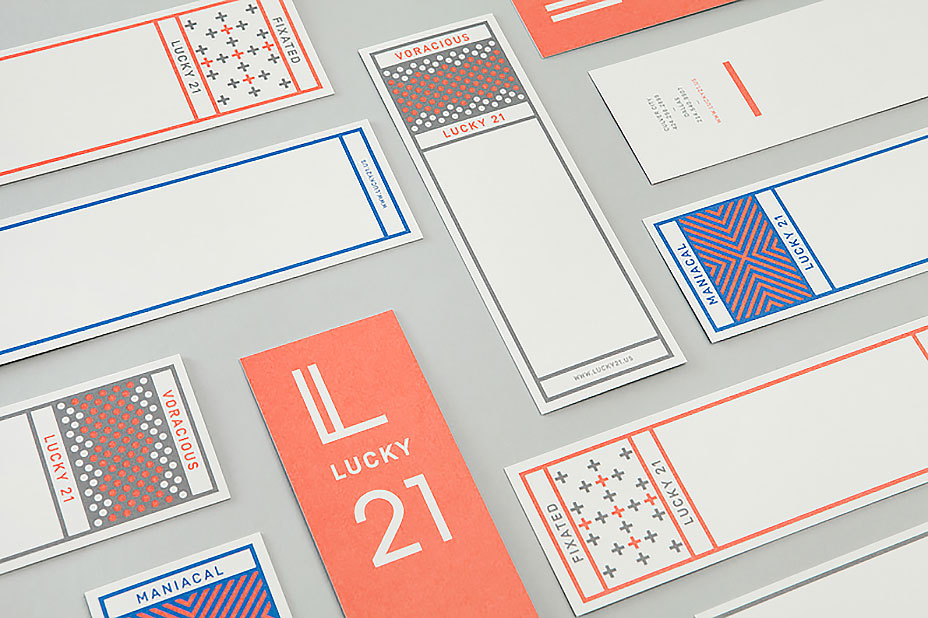
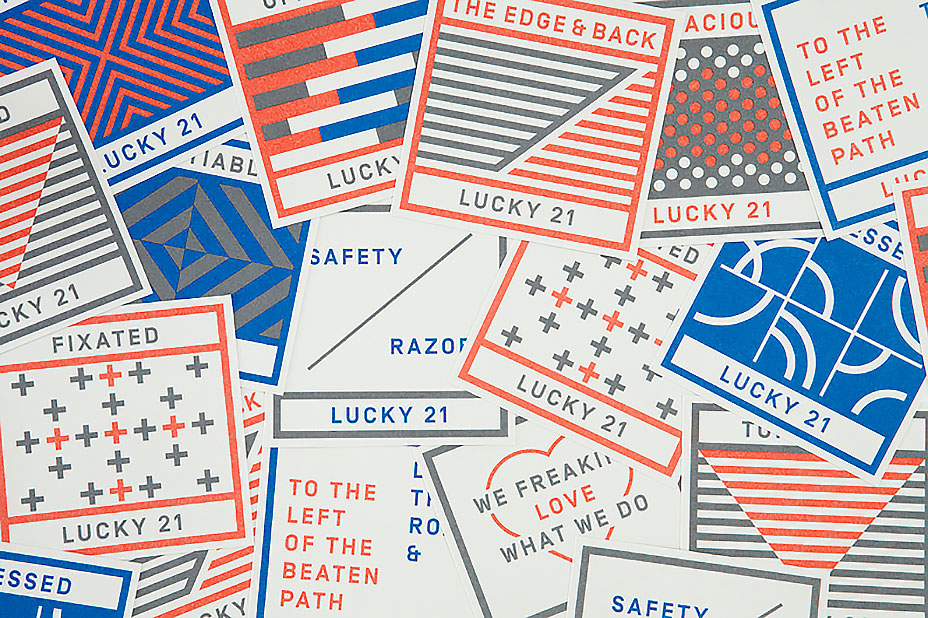 French environmental campaigners Mlinda have a brand identity that extends into all of their display type. The direction of movement changes depending on whether the word in question is considered good or bad (except, notably, their logo).
French environmental campaigners Mlinda have a brand identity that extends into all of their display type. The direction of movement changes depending on whether the word in question is considered good or bad (except, notably, their logo).
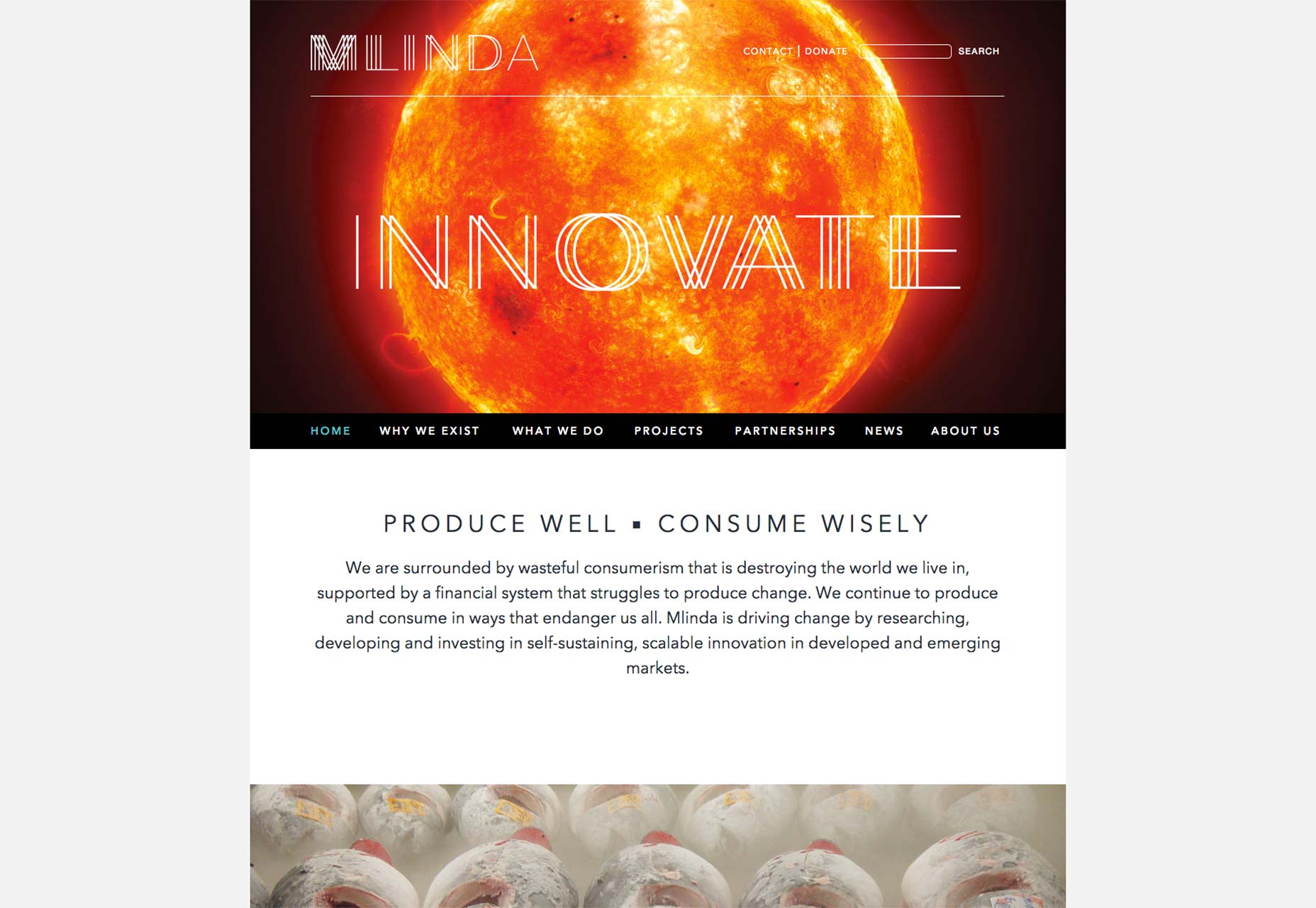 Coca-Cola’s new packaging initially appears to introduce greater, not lesser consistency. However, the key to this approach is that every product creates variation across the range. So when we see a can of Coke Life, the distinction between it and original Coke, enhances our recognition of the brand as a whole.
Coca-Cola’s new packaging initially appears to introduce greater, not lesser consistency. However, the key to this approach is that every product creates variation across the range. So when we see a can of Coke Life, the distinction between it and original Coke, enhances our recognition of the brand as a whole.
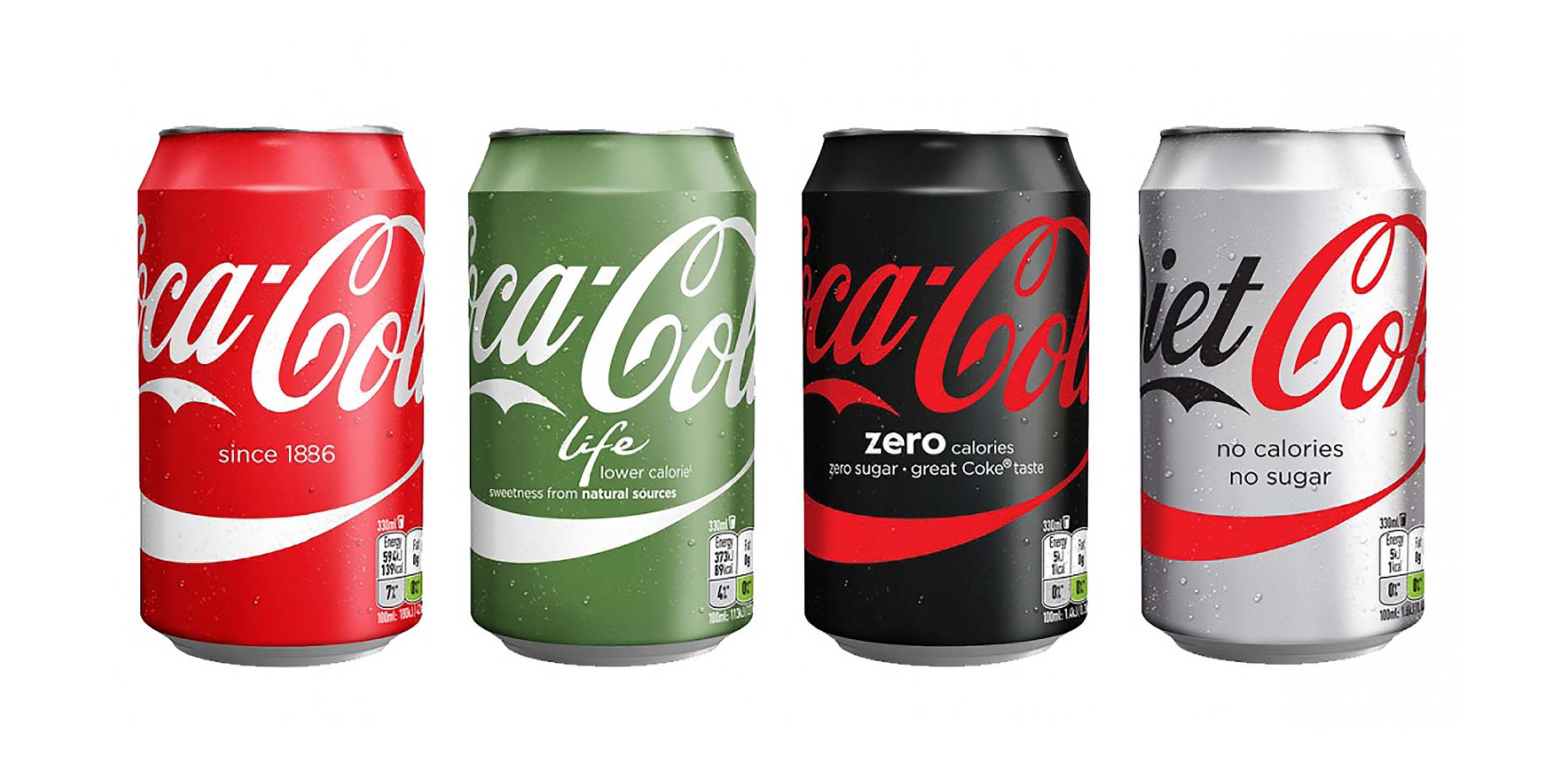 The Advertising Association’s logo consists of a small capital ‘A’ inside a larger capital ‘A’. The exact form of the characters can vary.
The Advertising Association’s logo consists of a small capital ‘A’ inside a larger capital ‘A’. The exact form of the characters can vary.

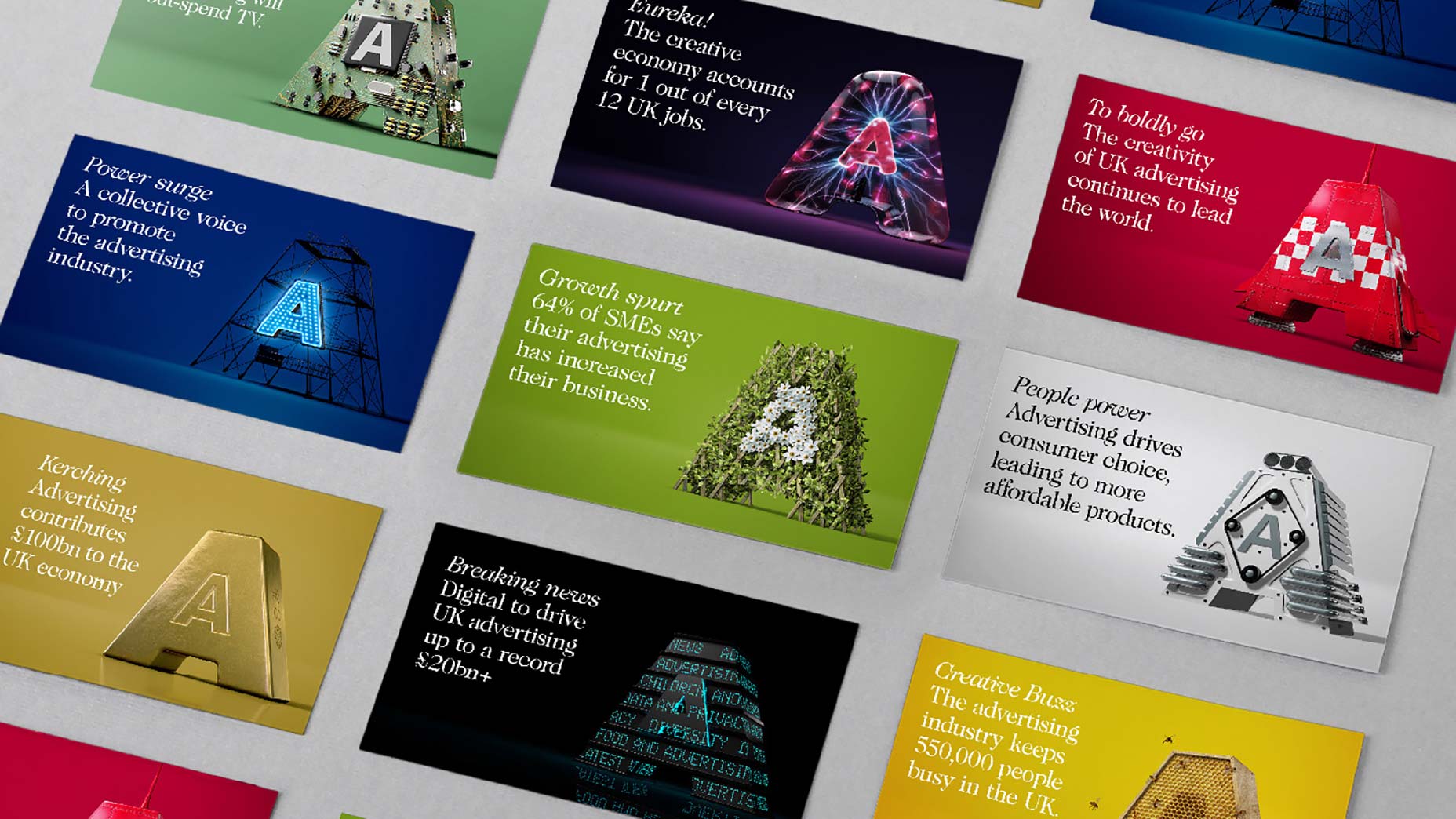 Originally mimicking the classic American MLB and NBA branding, both MLS and USL have adopted flexible brand schemes using a templating system to adapt the leagues’ branding for different teams. When you wear an LA Galaxy jersey, you reinforce recognition of both the MLS brand, and other teams like the San Jose EarthQuakes, or the Portland Timbers.
Originally mimicking the classic American MLB and NBA branding, both MLS and USL have adopted flexible brand schemes using a templating system to adapt the leagues’ branding for different teams. When you wear an LA Galaxy jersey, you reinforce recognition of both the MLS brand, and other teams like the San Jose EarthQuakes, or the Portland Timbers.
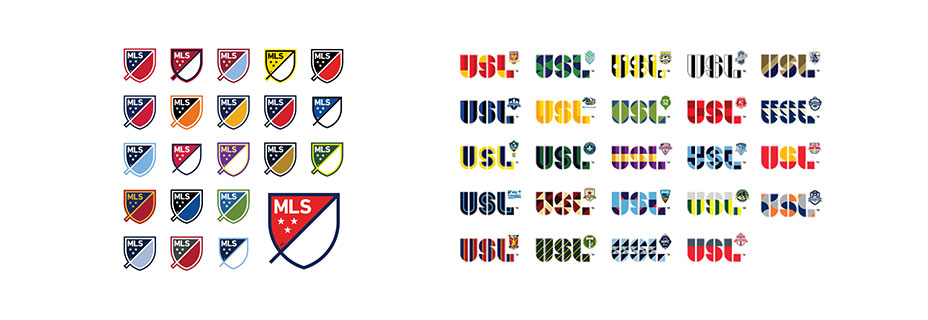 Even within a single identity, variety enables brand assets to adapt to numerous functions. The Whitney Museum of American Art in New York describes its logo as a “responsive W”; the character is redrawn, in the same minimal manner depending on its required use. More than a logo, it’s a logo system.
Even within a single identity, variety enables brand assets to adapt to numerous functions. The Whitney Museum of American Art in New York describes its logo as a “responsive W”; the character is redrawn, in the same minimal manner depending on its required use. More than a logo, it’s a logo system.
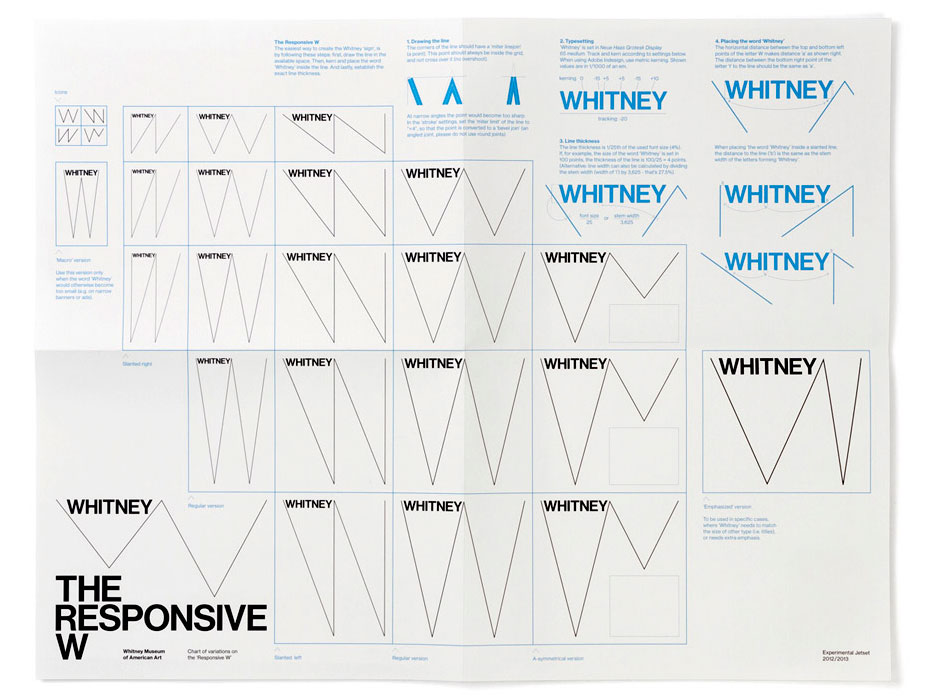
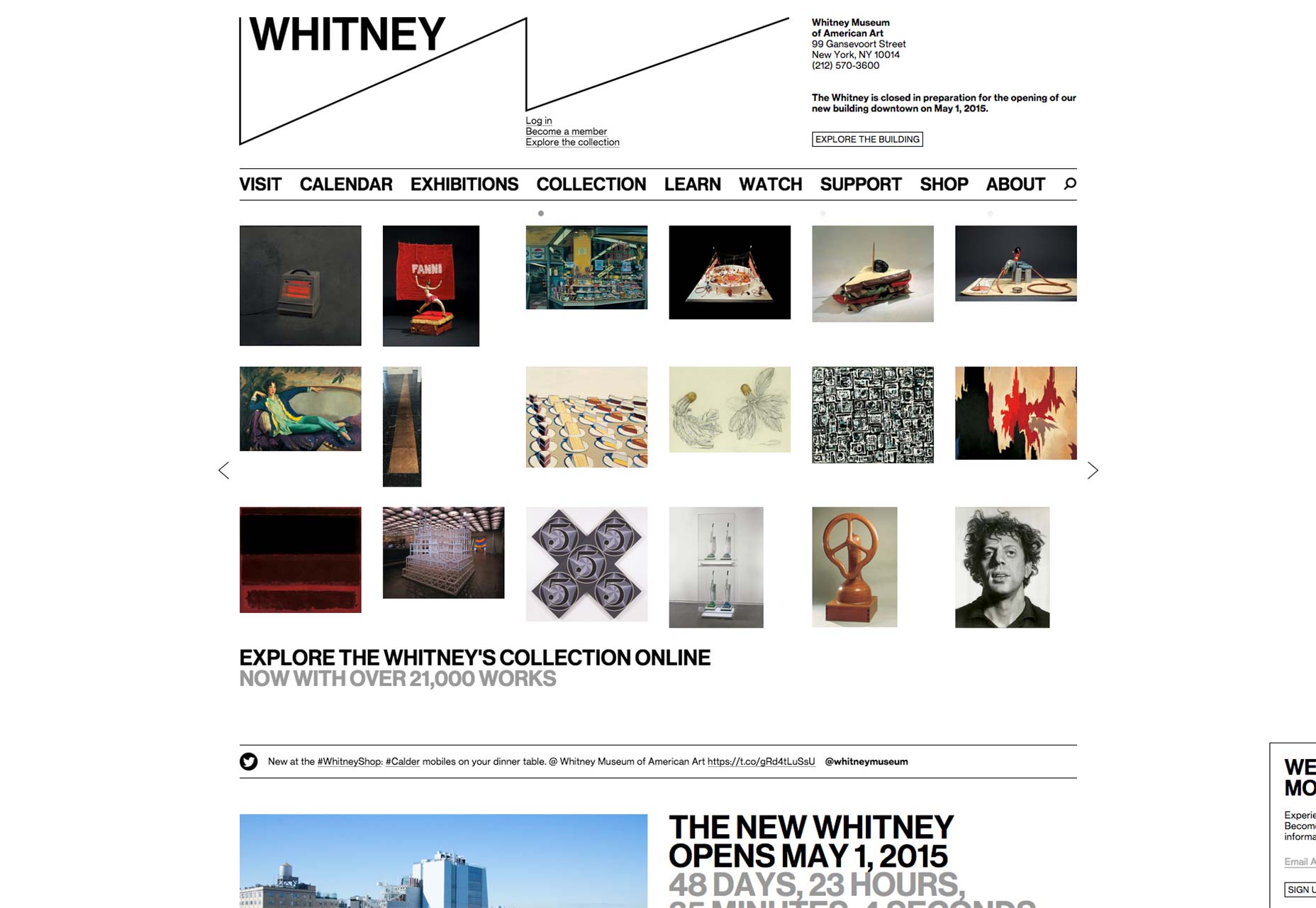 One approach that appeals directly to web designers is Joe Harrison’s responsive logos project. It features the logos of a number of well-known brands that reduce in complexity as your browser window shrinks. Minimal purests might argue that the least complex, mobile version, should be used throughout: if the logo is recognizable without a detail, then the detail must be extraneous. However, as the UCLA study suggests, creating variety in this way increases, rather than decreases brand engagement.
One approach that appeals directly to web designers is Joe Harrison’s responsive logos project. It features the logos of a number of well-known brands that reduce in complexity as your browser window shrinks. Minimal purests might argue that the least complex, mobile version, should be used throughout: if the logo is recognizable without a detail, then the detail must be extraneous. However, as the UCLA study suggests, creating variety in this way increases, rather than decreases brand engagement.
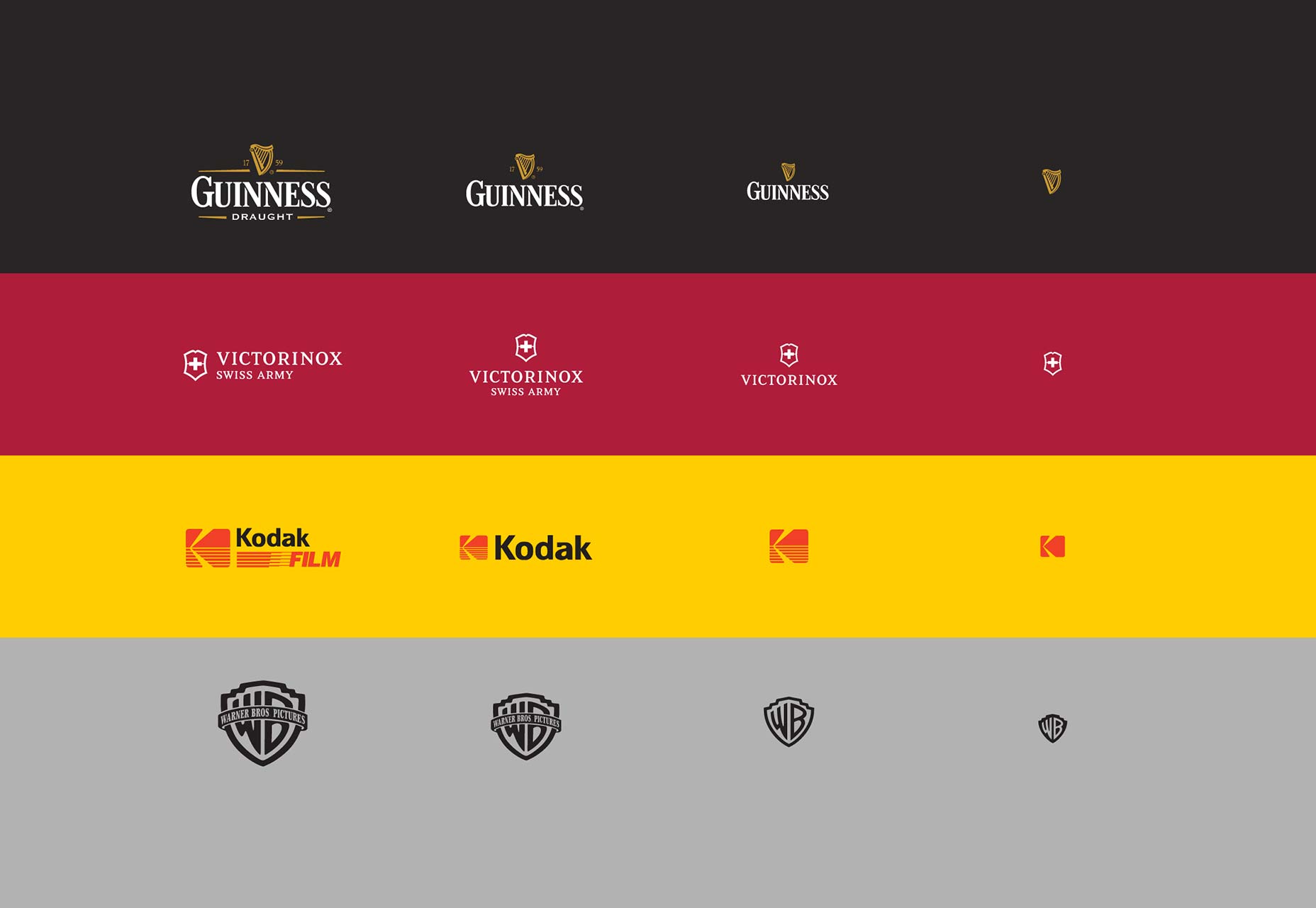 Inconsistency isn’t new of course: MTV famously branded itself this way; AirBnB have positioned themselves at the front of their market by embracing variety; NowTV’s approach has been similar. What’s new is the acceptance that a brand can’t retain control of its assets, and in all probability, shouldn’t attempt to.
Inconsistency isn’t new of course: MTV famously branded itself this way; AirBnB have positioned themselves at the front of their market by embracing variety; NowTV’s approach has been similar. What’s new is the acceptance that a brand can’t retain control of its assets, and in all probability, shouldn’t attempt to.
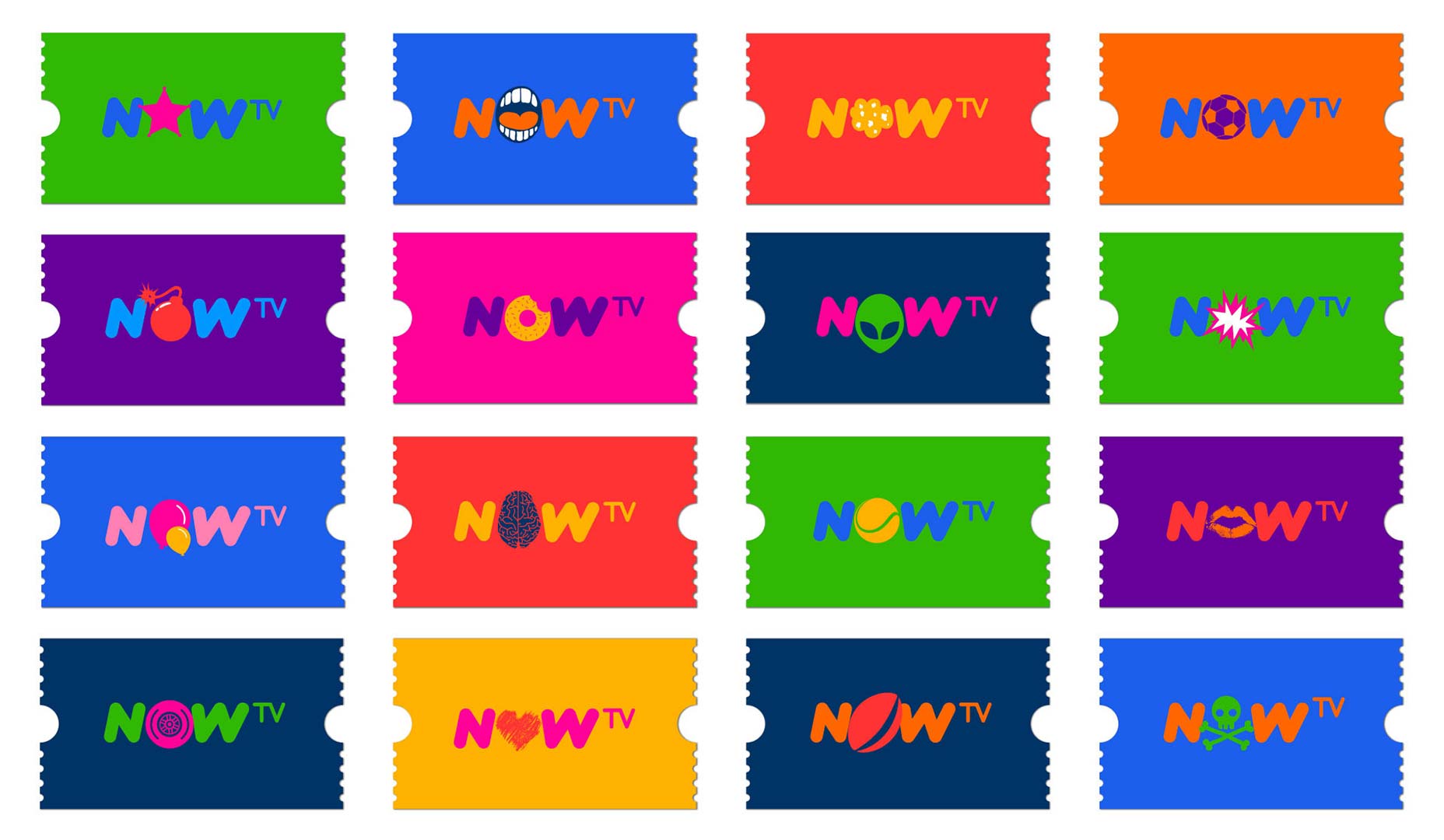 So often, when designing sites, we try to engineer designs that resemble themselves across all devices: mobile sites look like scaled down desktop sites, desktop sites use hamburger menus. This is a damaging approach not only because different devices have different limitations and advantages, but because uniformity over a brand’s output reduces brand engagement.
By embracing an adaptive, perhaps even responsive, approach to all branding, from typography to color, to the logo, we maximise brand recognition and ultimately brand engagement.
So often, when designing sites, we try to engineer designs that resemble themselves across all devices: mobile sites look like scaled down desktop sites, desktop sites use hamburger menus. This is a damaging approach not only because different devices have different limitations and advantages, but because uniformity over a brand’s output reduces brand engagement.
By embracing an adaptive, perhaps even responsive, approach to all branding, from typography to color, to the logo, we maximise brand recognition and ultimately brand engagement.
Ben Moss
Ben Moss has designed and coded work for award-winning startups, and global names including IBM, UBS, and the FBI. When he’s not in front of a screen he’s probably out trail-running.
Read Next
3 Essential Design Trends, May 2024
Integrated navigation elements, interactive typography, and digital overprints are three website design trends making…
How to Write World-Beating Web Content
Writing for the web is different from all other formats. We typically do not read to any real depth on the web; we…
By Louise North
20 Best New Websites, April 2024
Welcome to our sites of the month for April. With some websites, the details make all the difference, while in others,…
Exciting New Tools for Designers, April 2024
Welcome to our April tools collection. There are no practical jokes here, just practical gadgets, services, and apps to…
How Web Designers Can Stay Relevant in the Age of AI
The digital landscape is evolving rapidly. With the advent of AI, every sector is witnessing a revolution, including…
By Louise North
14 Top UX Tools for Designers in 2024
User Experience (UX) is one of the most important fields of design, so it should come as no surprise that there are a…
By Simon Sterne
What Negative Effects Does a Bad Website Design Have On My Business?
Consumer expectations for a responsive, immersive, and visually appealing website experience have never been higher. In…
10+ Best Resources & Tools for Web Designers (2024 update)
Is searching for the best web design tools to suit your needs akin to having a recurring bad dream? Does each…
By WDD Staff
3 Essential Design Trends, April 2024
Ready to jump into some amazing new design ideas for Spring? Our roundup has everything from UX to color trends…
How to Plan Your First Successful Website
Planning a new website can be exciting and — if you’re anything like me — a little daunting. Whether you’re an…
By Simon Sterne
15 Best New Fonts, March 2024
Welcome to March’s edition of our roundup of the best new fonts for designers. This month’s compilation includes…
By Ben Moss
LimeWire Developer APIs Herald a New Era of AI Integration
Generative AI is a fascinating technology. Far from the design killer some people feared, it is an empowering and…
By WDD Staff

















